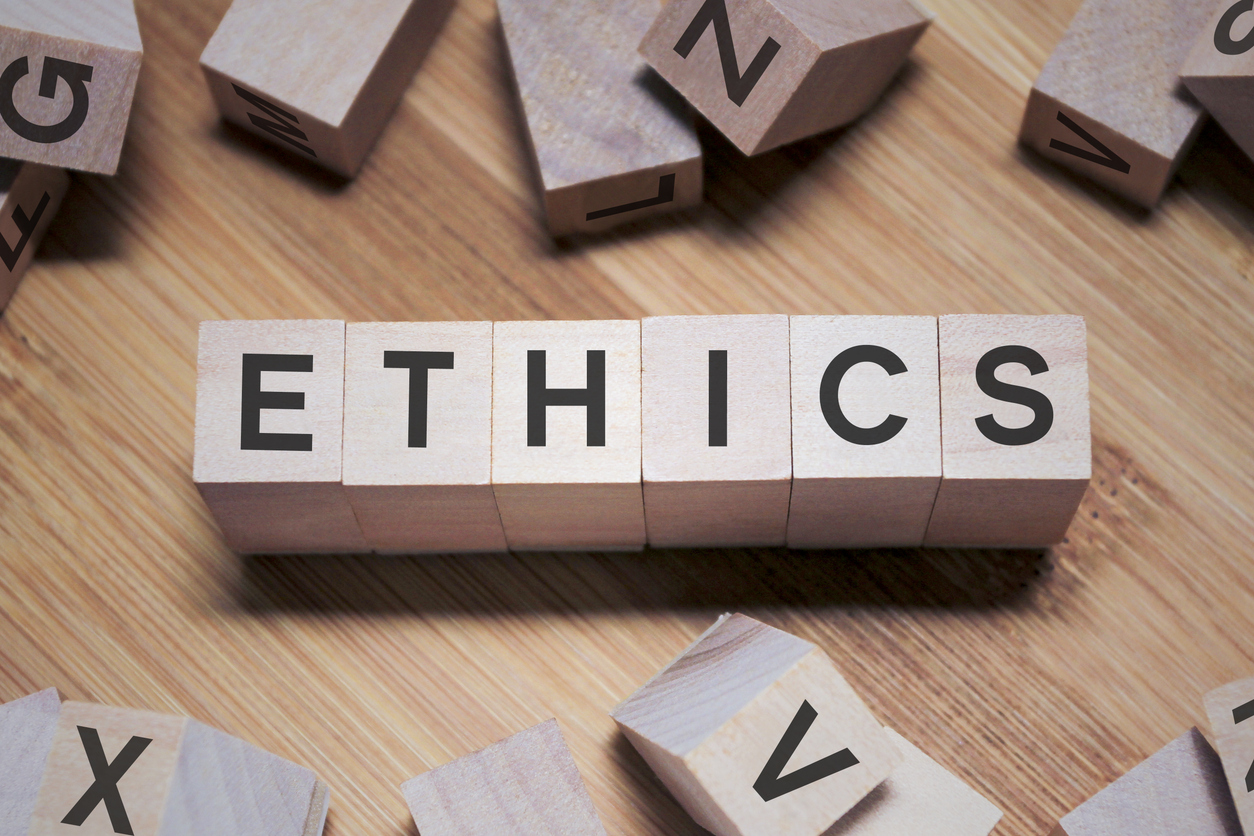Avoiding Liability Bulletin – December 2006
… What exactly are dual or multiple relationships? Are all dual relationships prohibited? If therapists or counselors terminate the therapeutic relationship and then begin a separate business or other relationship, do they still have vulnerability in a licensing board disciplinary action and liability in a civil lawsuit for money damages? These are but a few of the questions that arise in this sometime murky area of practice. Of course, the easy solution is to say that you will never have any other relationship with your patient or former patient other than that of therapist and patient or ex-patient. But that reality is not always possible to achieve nor is it always necessary to achieve.
State law, regulation, or ethical standards will often contain a definition of a “dual relationship” or “multiple relationship” or will otherwise address this issue. It is critically important to fully understand what is prohibited and what is permissible. Of course, it is not always easy to draw that fine line. Each profession may view this issue somewhat differently – so great care must be taken and careful thought must occur before venturing into a relationship with a patient or former patient other than the professional treatment relationship.
Some definitions of dual or multiple relationships make clear that not all dual relationships are unethical. I believe that this is a very important aspect of this ethical principle. While the professions must respect and protect the integrity of the therapist-patient relationship, in my view they should not view or treat all patients or clients, including former patients or clients, as so disordered or unstable as to prevent all concurrent or future human contact. In that regard, the ethical standards for the professions of marriage and family therapy, psychology, counseling and social work all recognize, in some manner, that not all dual relationships are unethical.
For instance, the ethical standards of the California Association of Marriage and Family Therapists (CAMFT) state that a dual relationship occurs when a therapist and his/her patient engage in a separate and distinct relationship either simultaneously with the therapeutic relationship, or during a reasonable period of time following the termination of the therapeutic relationship. These standards specifically state, however, that not all dual relationships are unethical, and specifically recognize that some dual relationships cannot be avoided.
The ethical standards of the American Association for Marriage and Family Therapy do not specifically state that not all dual relationships are unethical or unavoidable, but one may infer that such is the case. The standards state that marriage and family therapists make every effort to avoid conditions and multiple relationships with clients that could impair professional judgment or increase the risk of exploitation. Implicit in such a statement is the possibility that some multiple relationships may not reasonably be expected to impair professional judgment or increase the risk of exploitation.
This kind of latitude may be necessary, for instance, in rural areas (but not necessarily limited to such areas). Suppose that the therapist shops at the local grocer who is his/her patient and that no reasonable alternative exists. If one takes too narrow of a view of this topic, and if such kind of flexible language is not present in a profession’s standards, an over zealous licensing board might take the position that the therapist and patient were also in a business relationship – albeit minimal and “at arms length.” The board might allege that such relationship constituted an unethical dual relationship, especially after something unexpected occurs and with the benefit of hindsight.
NASW’s Code of Ethics recognizes that not all dual relationships are avoidable, and provides that when such an avoidable dual relationship occurs the social worker takes steps to protect clients and is responsible for setting clear, appropriate, and culturally sensitive boundaries. Thus it appears that if this is done, the unavoidable dual relationship is permissible – not unethical. The American Psychological Association’s (APA) Code of Ethics makes clear that multiple relationships that would not reasonably be expected to cause impairment of the psychologist’s objectivity, competence or effectiveness in performing his or her functions as a psychologist or risk exploitation or harm to the patient are not unethical.
The APA ethical standards state that a multiple relationship occurs when a psychologist is in a professional role with a person and at the same time is in another role with the same person or at the same time is in a relationship with a person closely associated with or related to the person with whom the psychologist has the professional relationship. The standards additionally state that a multiple relationship also occurs when a psychologist is in a professional role with a person and promises to enter into another relationship in the future with the person or a person closely associated with or related to the person.
The American Counseling Association’s (ACA) Standards of Practice provide that counselors must make every effort to avoid dual relationships with clients that could impair their professional judgment or increase the risk of harm to clients. One can therefore infer, as with AAMFT’s Code, that not all dual relationships are unethical. In fact, the ACA standards specifically recognize that dual relationships sometimes cannot be avoided. As with other standards that recognize that dual relationships cannot always be avoided, the standards require that counselors must take appropriate steps to make sure that judgment is not impaired and that no exploitation occurs when the counselor is in such a dual relationship.
With respect to former patients, one must again look to the specific ethical standards for the various professions. From a general perspective, therapists and counselors are in a much “cleaner” position if a subsequent non-therapeutic relationship (other than a sexual relationship) develops after there has been a good faith and appropriate termination of the therapeutic relationship. In other words, the termination was in the best interests of the patient and was for clinically appropriate reasons – that is, it was not made for the express purpose of engaging in the subsequent relationship. The termination process should be well documented in the clinical records. Another key element is the amount of time elapsed between the end of the therapist-patient relationship and the commencement of the new relationship.
Even if the subsequent relationship followed a proper termination and the passage of a reasonable amount of time, the therapist or counselor remains vulnerable. Patients can always complain to a licensing board and can easily bring a civil suit for money damages. The patient might, for instance, successfully argue that the therapist or counselor selfishly foreclosed the possibility of future care because of the subsequent non-professional relationship. This is especially true with respect to a subsequent sexual relationship, since some ethical standards make clear that therapists don’t treat someone with whom they have had a prior sexual relationship.
While some ethical standards have a two-year waiting or cooling off period with respect to sexual intimacy between patient and therapist, the therapist might still encounter difficulties if a sexual relationship develops beyond the two-year period. While a successful defense may be mounted, why be put in that position. As I have stated (my rule!) many times in workshops addressing this issue, therapists and counselors can have sexual relationships with everyone in the world except patients, ex-patients, and minors. Isn’t that enough? Why take a risk with respect to ex-patients? In reality, the risk is significant. This is because it is rare that the termination is found to in all respects be clinically appropriate. Most of the time the termination comes after there has been some discussion of a romantic relationship or “feelings” for each other.





